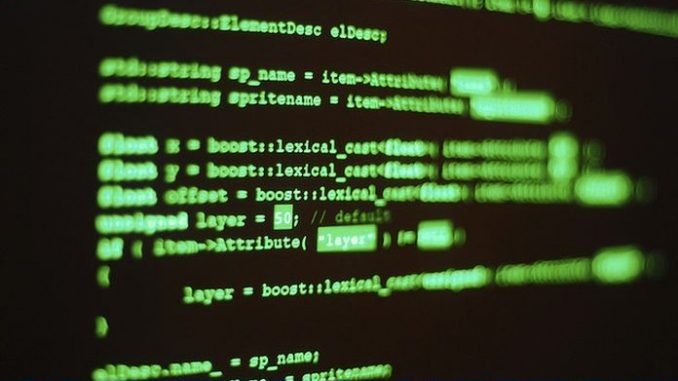
Hackers working for the Chinese government managed to penetrate the security of a U.S. Navy contractor database and steal a large amount of highly sensitive data on undersea warfare.
According to The Washington Post, among the stolen data there were plans for a supersonic anti-ship missile for use on U.S. submarines.
Citing unnamed U.S. officials The Post reported that the breaches took place in January and February.
Speaking on condition of anonymity they also said that there is an ongoing investigation led by the Navy and assisted by the Federal Bureau of Investigation.
“Per federal regulations, there are measures in place that require companies to notify the government when a ‘cyber incident’ has occurred that has actual or potential adverse effects on their networks that contain controlled unclassified information. It would be inappropriate to discuss further details at this time,” the U.S. Navy told Reuters.
Meanwhile, the Chinese Embassy spokesperson told Reuters that China knows nothing about the reported hacking.
He also added that the Chinese government “staunchly upholds cybersecurity, firmly opposes and combats all forms of cyber attacks in accordance with law.”
The unnamed officials without identifying the contractor shared that the hackers stole the data from a contractor who works for the Naval Undersea Warfare Center, a military entity based in Newport, Rhode Island.
The stolen data consisted of more than 614 gigabytes of material related to a project known as Sea Dragon, as well as signals and sensor data, submarine radio room information relating to cryptographic systems and the Navy submarine development unit’s electronic warfare library, the Post reported.
The Post said that it decided to withhold a lot of details about the compromised missile project because the Navy informed them that the release could harm national security.
The data stolen is considered to be of a highly sensitive nature despite being stored on the contractor’s unclassified network.




Be the first to comment